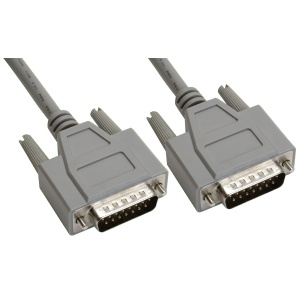Understanding Splice Trays
So, you’ve heard about splice trays and their usefulness in the world of fiber optics, but what exactly are they? Splice trays are specialized trays used in fiber optic networks to protect and manage spliced fiber optic cables. They’re essential for ensuring a neat and organized arrangement, which is key for maintaining a high-performing, efficient network.
The Role of Splice Trays in Fiber Networks
Splice trays play a crucial role in preserving the integrity of your fiber connections. Their primary function is to secure and protect the spliced fibers from external harm, ensuring the connections’ longevity. But that’s not all! They also help manage cable layouts, enhancing the efficiency of the network setup and making maintenance or troubleshooting a breeze.
Types of Splice Trays
Splice trays come in a variety of shapes and sizes, catering to the unique requirements of different fiber networks. The two most common types are the fusion splice trays and the mechanical splice trays. Fusion splice trays are used for fusion splicing, where cables are fused together using heat. On the other hand, mechanical splice trays are utilized for mechanical splicing, which connects fibers using an alignment device. The choice between these depends on the nature of your network and your specific needs.
Steps to Organize Fiber Connections Using Splice Trays
Now that we’ve got a grip on the basics, let’s dive into how you can use splice trays to organize your fiber connections.
Preparing Your Workspace
Before getting started, you need a clean and well-lit workspace. Fiber optics is a precise science, and even a speck of dust can compromise the connection. A well-prepared workspace is the first step to successful fiber management.
Choosing the Right Splice Tray
Picking the right splice tray is key. Consider the type of splicing you’ll be doing (fusion or mechanical), the number of fibers you need to splice, and the physical space available in your network setup.
Preparing the Fiber Cables
Before splicing, the fiber cables must be adequately prepared. This includes removing the protective jacket, cleaning the fiber, and cleaving it precisely. Each of these steps is critical to ensuring a successful and efficient splice.
Installing the Fiber into the Splice Tray
Next, carefully install the spliced fiber into the tray. It’s crucialto place the fibers neatly to avoid tangling and potential damage. Ensure the splice is well-secured within the tray and that the fibers are organized according to your network layout.
Sealing and Storing the Splice Tray
Once the fibers are in place, it’s time to seal the tray. Proper sealing protects the splices from environmental factors, increasing their longevity. After sealing, store the splice tray in the designated slot in your fiber enclosure, keeping it safe and accessible.
Benefits of Using Splice Trays for Fiber Connection Organization
Enhanced Protection
Splice trays provide unparalleled protection for your fiber splices, shielding them from physical damage and environmental hazards. They’re your first line of defense in preserving your fiber network.
Improved Scalability
Splice trays offer a scalable solution for fiber network organization. They’re stackable, meaning you can easily add more as your network grows. This makes them an excellent choice for both small and large-scale network setups.
Better Organization and Easier Troubleshooting
With splice trays, your fiber connections are not just safe, they’re also easy to manage. Trays allow you to easily locate specific connections when necessary, simplifying network maintenance and troubleshooting.
Common Mistakes When Using Splice Trays
While splice trays are highly beneficial, some common mistakes can undermine their advantages. These include not properly preparing the fibers before splicing, not securing the splice within the tray, and storing the trays in an inappropriate environment. Understanding and avoiding these pitfalls is key to making the most of your splice trays.
Conclusion
Splice trays are an indispensable tool in organizing fiber connections. They offer protection, scalability, and organizational benefits that make your network more efficient and easier to manage. By avoiding common mistakes and correctly using splice trays, you can significantly enhance the performance and longevity of your fiber network.
FAQs
1. What is a splice tray? A splice tray is a device used in fiber optic networks to protect and manage spliced fiber optic cables.
2. What are the benefits of using splice trays in a fiber network? Splice trays offer enhanced protection for fiber splices, improved scalability for network growth, and better organization for easier maintenance and troubleshooting.
3. What are the types of splice trays? The two common types are fusion splice trays and mechanical splice trays. Fusion trays are used for fusion splicing, while mechanical trays are for mechanical splicing.
4. What are common mistakes when using splice trays? Common mistakes include not properly preparing the fibers, not securing the splice within the tray, and storing the trays in an inappropriate environment.
5. How do you use a splice tray? To use a splice tray, you must prepare your workspace, choose the right tray, prepare the fibers, install the fibers into the tray, seal the tray, and store it appropriately.












